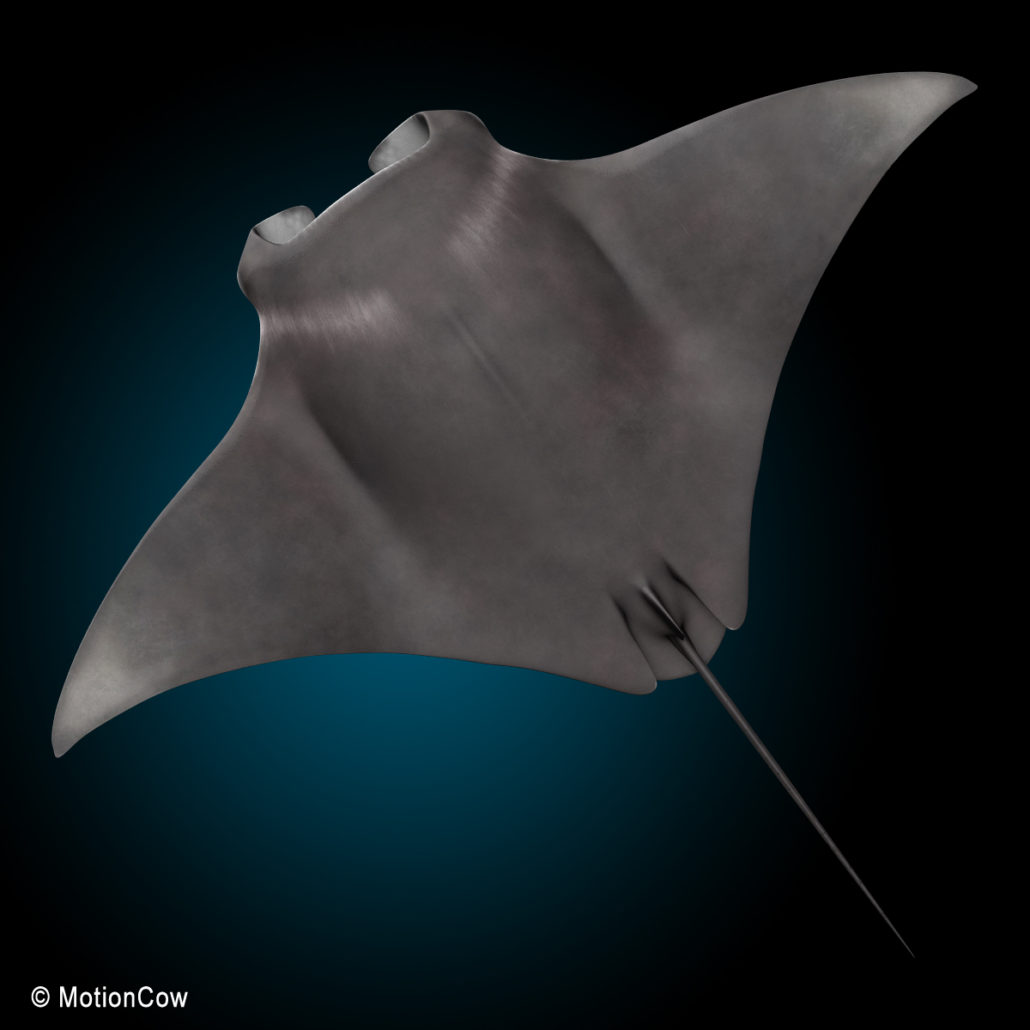


The word “manta” is derived from the Spanish and Portuguese word for cloak or blanket. birostris, but another species, which has the scientific name M. For a long time, the genus was believed to have only one species, M. These fish are members of the class Chondrichthyes, the order Myliobatiformes, the family Mobulidae and the genus Manta. Want to know more interesting facts? Read: “10 Incredible Manta Ray Facts.” Manta Ray Classification and Scientific Name Manta rays have a maximum “wingspan” of up to 30 feet. The largest manta ray ever recorded weighed 5,000 pounds and was caught off New Jersey in 1933. Biggest: The Manta Ray is one of the biggest fish in the world.

Unique Feeding: These fish use creative techniques to get the most out of filter-feeding, including performing barrel rolls to stay in one place and engaging in chain feeding, during which several fish follow each other, creating a cyclonic effect.Two Species: Fairly recently, scientists determined that there are really two species: the giant oceanic manta ray, which is more elusive, and the reef manta ray, which is smaller and more commonly known.Unlike stingrays, they don’t possess a barb that can sting, and they are not bottom dwellers. Distinct from Stingrays: Manta rays evolved from stingrays, but they are completely distinct species.Protected: Since 2011, manta rays are fish that have been protected in international waters by an international treaty, the Convention on Migratory Species, and many countries have placed bans on fishing them.Massive Brain: These fish have the biggest brain-to-size ratio of any cold-blooded fish, and they exhibit a level of intelligence similar to that of dolphins, elephants, and primates.Long living and slow to reproduce, the species is vulnerable to overfishing and to being harvested for international trade. Highly intelligent and mostly solitary, they are found in all of the world’s oceans. The manta ray, which is also sometimes called the devilfish, is the largest ray in the world.


 0 kommentar(er)
0 kommentar(er)
